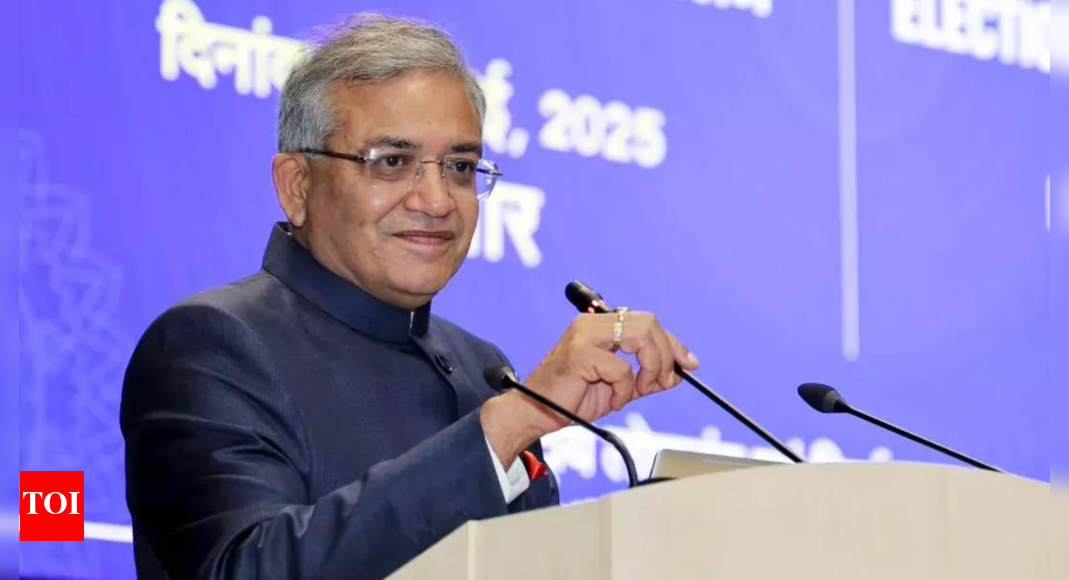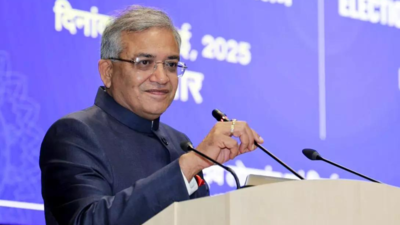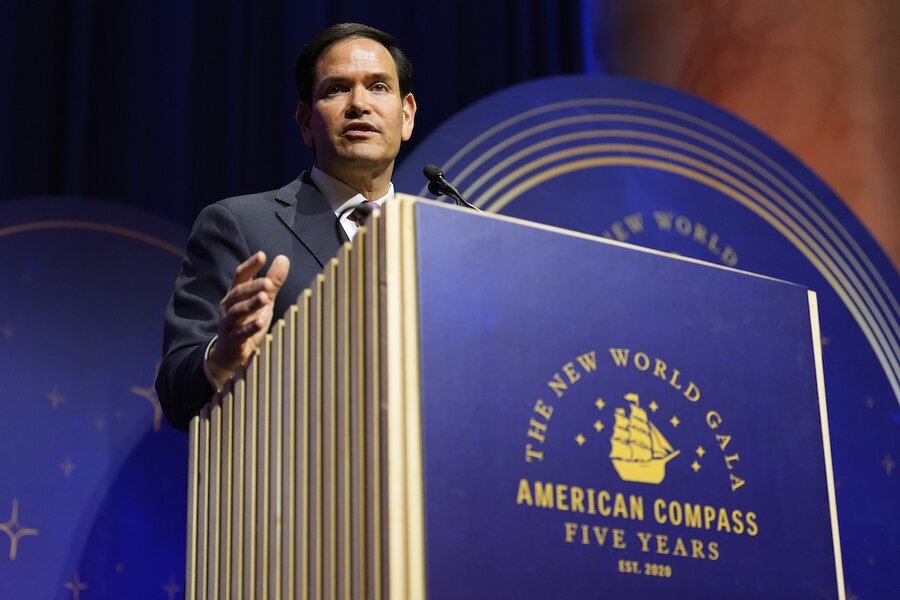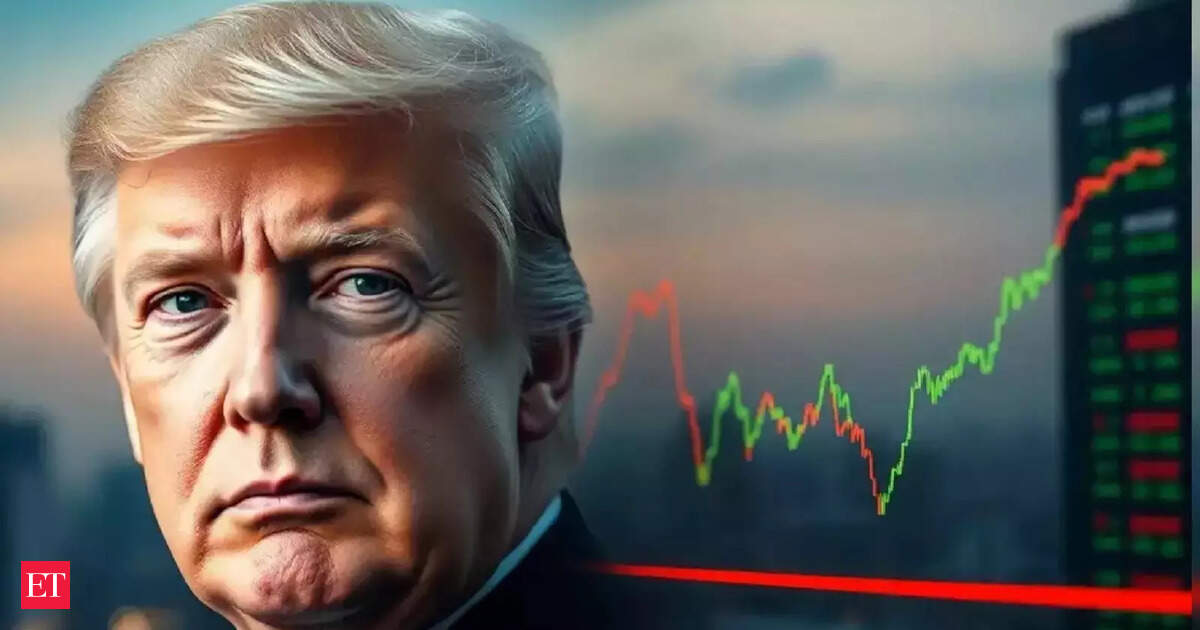Now Reading: Voter Rolls Shared with Parties Since 1960: CEC Gyanesh Kumar
-
01
Voter Rolls Shared with Parties Since 1960: CEC Gyanesh Kumar
Voter Rolls Shared with Parties Since 1960: CEC Gyanesh Kumar

### Rapid Summary
– chief Election Commissioner (CEC) Gyanesh Kumar responded indirectly to Rahul Gandhi’s allegations about fake voter enrolments in the Maharashtra polls.
– Kumar highlighted that electoral rolls have been shared wiht recognised political parties for claims and objections annually since 1960, ensuring openness.
– Speaking at the International Conference on Electoral Integrity (IDEA) in Stockholm, Kumar described India’s electoral roll revision exercise as “the world’s most rigorous and transparent.”
– The EC noted its mechanisms uphold electoral credibility across India with a robust process involving political parties, candidates, media, and observers.
– Anonymous EC officials denied Rahul Gandhi’s claim about unusual voter surges favoring BJP in Maharashtra elections; they compared it with higher voter additions seen in Congress-won states like Telangana and Jharkhand.- Congress protested these responses but emphasized EC officials had only commented anonymously without official statements.
– The CEC highlighted India’s massive election scale: 979 million voters in 2024 compared to 173 million voters during the frist elections held in 1951-1952; over one million polling stations nationwide today versus earlier years’ 200,000 stations.
– Indian elections involve participation from diverse groups including senior citizens aged over 85+, differently abled persons, third-gender electors, remote region voters-all treated equally under constitutional principles.

[Read More](https://timesofindia.indiatimes.com/india/since-1960-poll-rolls-being-shared-with-parties-cec-gyanesh-kumar/articleshow/121787616.cms)
—
### Indian Opinion Analysis
The remarks by Chief Election Commissioner underline india’s commitment to transparent democratic processes by sharing election rolls consistently as the early years of independence. This statutory mechanism empowers political stakeholders to raise concerns or propose corrections regarding any discrepancies every year. Such systems reinforce public trust in India’s governance model while accommodating large-scale logistical complexities associated with managing nearly a billion voters.
Rahul Gandhi’s concerns add an critically important layer of scrutiny for maintaining accountability within election conduct but require further substantiation through official channels rather than anonymous commentary. Dismissing allegations solely on comparative statistics between states may not ease skepticism among voters unless shared formally by Election Commission representatives.
Meanwhile, India’s CEC portrayal of inclusive measures reflects an inspiring vision aimed at ensuring equitable participation nonetheless of socio-economic barriers-setting benchmarks globally for accessible democratic practices amidst challenges like remote geography or accessibility issues. With advancements catering even to single-voter booths or extreme-altitude polling locations such as Tashigang station-the adaptability demonstrated continues shaping ancient electoral evolution trends positively within society.























